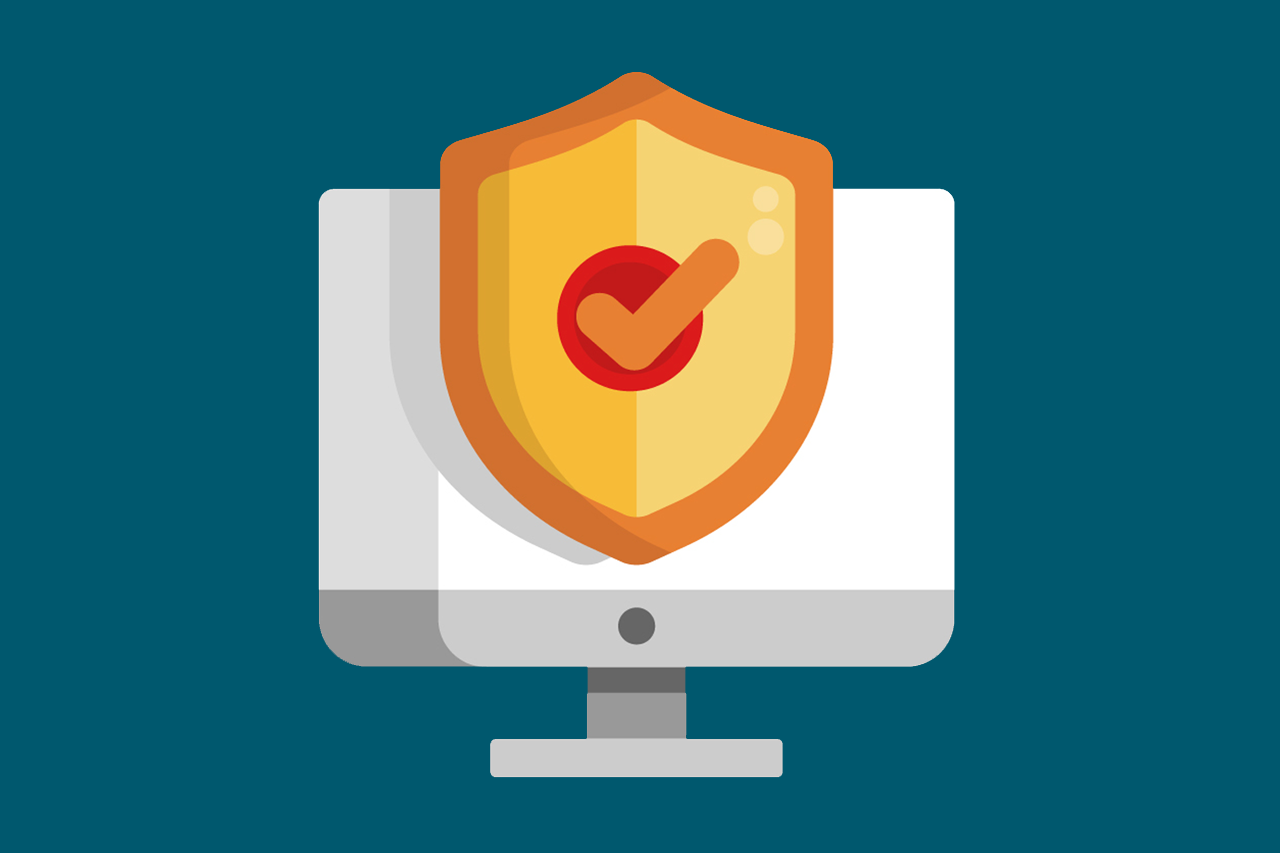The thought of having your identity stolen is, of course, horrifying. Our imaginations have us envisioning all our money and privacy flying out the window. With identity theft being so frightening, people need to do more to protect themselves.
Most people do not know what to do – or think taking steps to protect their identities is too difficult. Nothing could be further from the truth. Protecting your identity can be easy. Read on for our top identity security tips.
Safeguard your Social Security card and number
Instead of carrying it with you, put it in a safe place you will remember, or even in a safe deposit box. Be careful about giving your Social Security number to people and businesses unless it is required for identity verification purposes, such as financial accounts and healthcare.
Check your statements
Each month, go through transactions on your accounts to verify each one is legitimate and research any that seem suspicious. Even random, small $1 charges can indicate a security issue. If a statement is late, contact the sender immediately.
Set up Customizable Digital Banking Alerts
Stay informed with Digital Banking Alerts. Balance alerts let you know when deposits and credits are posted to your account and also reduce the impact of fraud and identity theft by making you aware as soon as transactions occur.
Go paperless
Digital statements and recordkeeping are safer than paper documents, which can be easily stolen in transit. It is a good idea to switch from paper to electronic statements. Plus, you are helping our planet.
Shred old documents
When it comes to any financial records or other documents with personally identifiable information, be sure to destroy them when it is time to clear the clutter. Generally speaking, you should be able to purge any financial records, including tax returns, after seven years. The exception: Keep documents related to major asset purchases, such as a home, until you no longer own the asset.
Enable multi-factor authentication
This technology requires the account holder to go through multiple steps to access an account online. Verifying each device accessing the account prior to authorization provides an extra layer of security. Once you have verified your device via multi-factor authentication, you can usually opt out of going through the extra steps in the future. In addition, it is imperative you never share your multi-factor authentication code with anyone. This information will never be requested by a reputable source.
Review your credit reports annually
Schedule a day on your calendar every year, such as your half-birthday, to visit annualcreditreport.com. From there, it’s easy to request credit reports from all three credit bureaus, and it’s free!
Freeze your credit files
You can take this extra step by contacting the three main credit reporting bureaus to ensure no credit account can be opened in your name through a regular credit application. To obtain additional credit, you will need to contact the credit bureaus to lift the freeze. So, a credit freeze is something you should do only if you do not plan to apply for credit in the near future.
Create different passwords for your online accounts
Create different passwords for various accounts. Avoid using information related to your identity, such as the last four digits of your Social Security number, your birthday, your initials, or parts of your name.
If your identity is ever stolen, be sure to report the theft to your local police and to the Federal Trade Commission at IdentityTheft.gov.
For more resources and information on staying safe online, visit our Security and Fraud Center.
